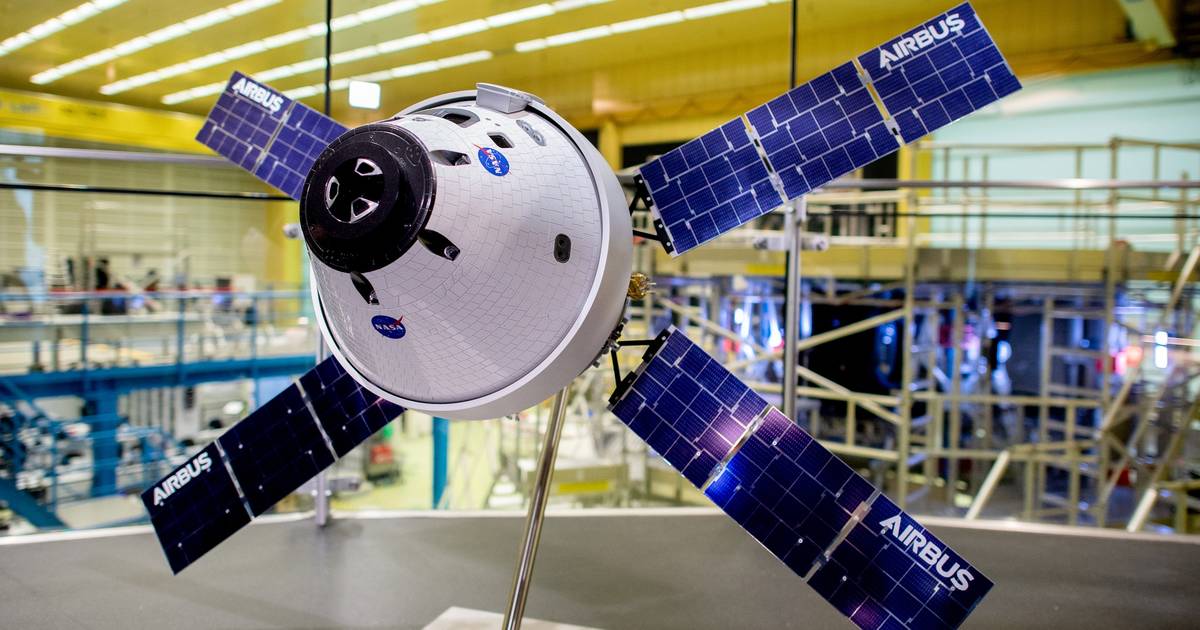Nasa launched the satellite of the Veli & Ccaronian washing machine & dstrok; as Florida into space to identify where the water is located – a precious lunar mission resource – on the surface of the moon in places such as craters that are constantly in the shadow on its poles. The Spacex Falcon 9 rocket flew on Wednesday from the Kennedy Space Center at Cape Canaveral wearing & Cacute; and NASA-in orbiter Lunar Trailblazer. The Lunar Trailblazer space spacecraft was built by the Lockheed Martin Space Department. The satellite was a secondary burden on the rocket, and the primary burden was the mission of the lunar Lender led by Intuitive Machines.
Moon the surfaces are considered to be dry, but the previous measurements have discovered the presence of some water, & ccaron. It has long been assumed that in cold places that are constantly in the shadow on the poles of the moon, they could be meaningful in the amount of water ice.
Lunar Trailblazer, who is about 200 kg and about 200 kg and about 3.5 meters wide when his solar panels were fully widespread, sent to find & Dstok; ei mapped water on the surface of the month.
For the future of the moon, the molition of the moon, including the Cacute; and the potential long -term & ccaron; not lunar basees in which astronauts would work, monthly water would be of vital v & zcaron because it could be processed & dstrkk; drinks than oxygen and hydrogen fuel for rockets.
It is envisaged that Lunar Trailblazer performs a series of flying moon and crowd orbit in the range of several months to position and map the surface in detail. Finally & Cacute; e Kru & Zcaron; will take approximately 100 km and collect images of high resolution of targeted area, distribution and abundance of water and to better understood the water.
“We see small amounts of water in the sun -lit parts of the month, which is mysterious,” said planetary scientist Bethany Ehlmann, Chief Istria & Zcaron.
However, Ehlmann added that “the most interesting (aspect) are for many potentially large amounts of ice in the area in the area of the lunar poles that permanently in the shadow. Lunar Trailblazer & Cacute; look inside to see how much he has on the surface.”
